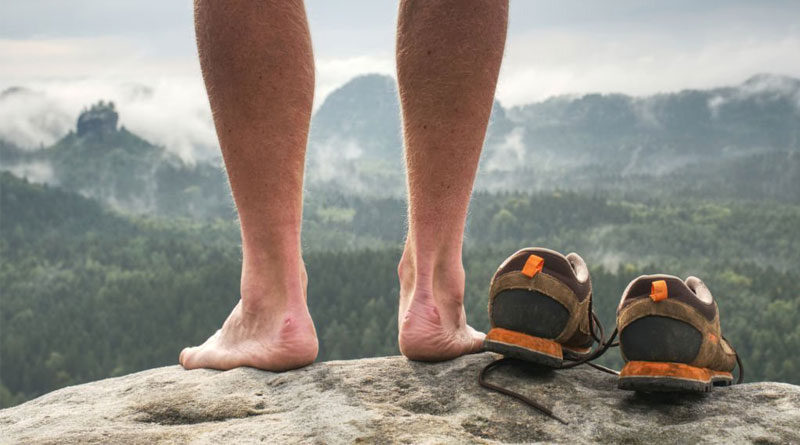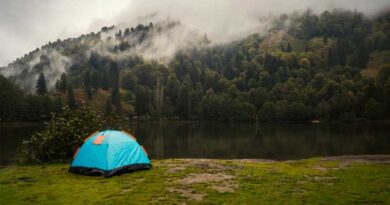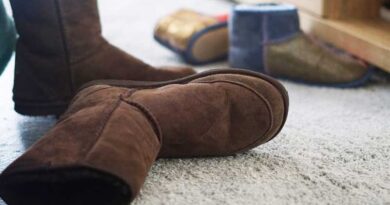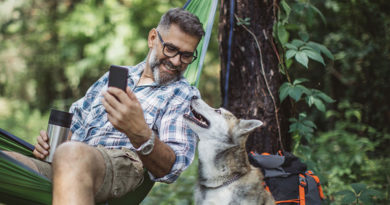How to Wear Shoes with Blisters: 5 Useful Tips
Blister form when your shoes repeatedly rub the same area of your foot. Blisters can be caused by wearing shoes that do not fit properly or by wearing shoes without socks. So, it is always a good idea to choose shoes that fit properly.
Wearing shoes while suffering from blisters can be incredibly painful. If you have to wear hiking shoes over your burning feet, make them as comfortable as possible.
The simplest way to continue wearing shoes with blisters is to simply clean and tape them. Ideally, you should tape for an actual blister; it is much better and easier to tape a hot spot before it develops into a full-fledged blister. That way, the tape is only covering the blisters. Remember that blister taping is an in-game treatment.
Here are a few key points to remember when wearing shoes with blisters:
- Wash your feet thoroughly with antibacterial soap (Dettol antibacterial bar soap works great). The soap will keep bacteria and other germs away from blisters and other cuts. Using cold water relaxes your feet and reduces swelling.
- Saturate a cotton ball with hydrogen peroxide and apply it to any blisters or cuts. It will remove any remaining bacteria or germs from the blisters or cuts. Hydrogen peroxide is also beneficial to healing.
- Bandage any sensitive areas with a blister bandage. Blister bandages typically have additional padding and a water-resistant coating on top. The majority of blister bandages are more durable than regular bandages. Always have some extras on hand in case one falls off.
- Increase the distance between the ankle and the shoe’s collar by using an insole.
- Bring flip-flops just in case you feel pain. That way you give your feet a rest. You can change into flip-flops and change back into your shoes periodically if you need to.
Frequently Asked Questions about Blisters
Here are a few questions that people often ask about blisters:
Is it better to pop a blister?
You can pop a blister on your own to speed up healing, but this can cause complications. Much like an infection. Allow it to heal without interfering. The blister will naturally pop, revealing raw skin underneath.
What if you need to pop a blister?
Make use of a sterilized needle (to sterilize it put the point or edge on the flame until it is red hot, or rinse it with alcohol). After washing your hands and the area, make a small hole. The fluid will naturally drain. If the fluid is white or yellow the blister may be infected and needs medical attention. Don’t remove the skin covering the broken blister. This protective layer is required for the new skin beneath.
How to get rid of blisters?
A blister heals when the skin beneath the bubble grows back and the top layer of skin peels away, according to Harvard Health Review.
How long does it take for a blister to go away?
The blister will disappear in one or two weeks if you do not interfere with the healing process.
How do you prevent blisters?
There are many factors that contribute to the likelihood of you getting a blister out on the trail. Two of the big factors are heat and moisture. A great way to eliminate some of the heat and moisture that may be building up in your shoes is to take a break. Every once in a while, when you’re tired, when you’d be taking a break anyway. Just find a nice place to sit down, undo the laces of your shoes, and when you pull your foot out just go ahead and take your sock off, and roll it inside out, so it can dry too. Kick your feet up, enjoy the view, and have a snack.
That way, when you put your shoe back on, you’ll find that your foot will be a lot drier, and a lot cooler, and you’ll be much less likely to get a blister later on in your hike.
Warning
If you notice any blisters or cuts that appear red or infected, see a doctor.




